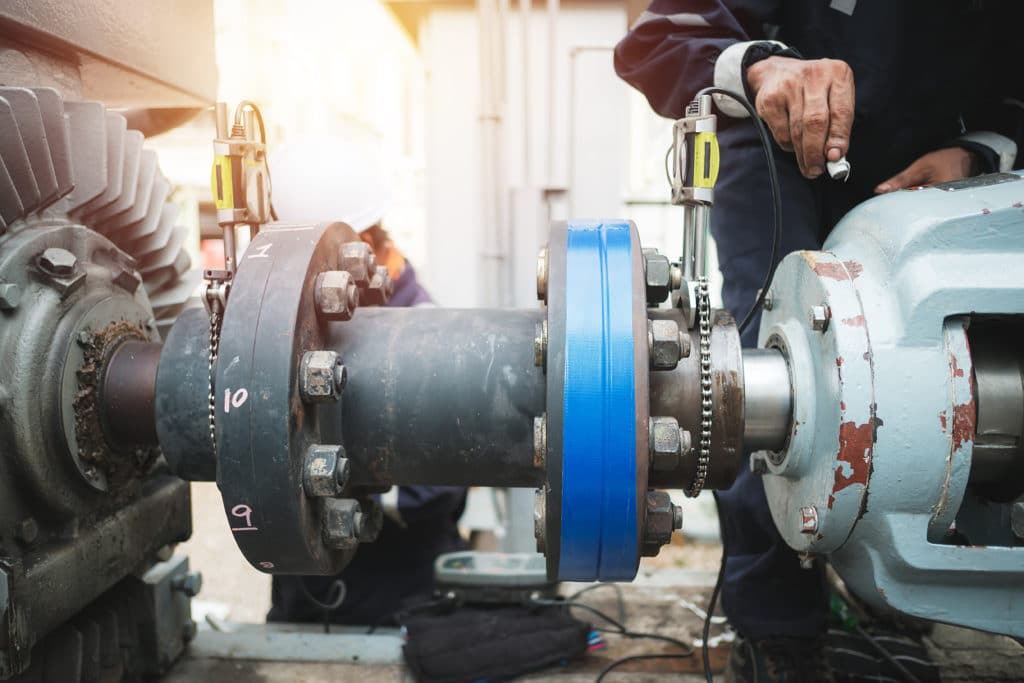America runs on motors. Our cars, power plants, heavy machinery, and more all run on some type of motor. It’s estimated that 2/3rds of all industrial and commercial energy usage is driven by motor-powered equipment. Since they are so vital to normal operations, a motor failure can seriously set back a business financially and productively.
Believe it or not, most motor failures come down to just a few reasons. If you can keep an eye out for these problems, you may be able to fix them quickly or prevent them altogether. In this Remsa USA blog, we’ll discuss the most common causes (and solutions) of motor failure!
Motor Overloads
Motor overload, simply put, is when the motor under more load than was intended by the manufacturer. This often happens in industrial settings, trying to squeeze more production out of a motor that simply isn’t rated for it. In fact, motor overload is one of the leading causes of motor failure.
When a motor is overloaded, it draws in more current, which in turn leads to the motor overheating. Motors often run hot from time to time, but prolonged periods of running hot will put stress on electrical and mechanical components and reduce the lifespan of your motor.
To prevent this type of failure, be intimately aware of the specifications of your motor. Many motors have a protective device to turn off the motor when overloaded, so ensure that the component is working properly. If this protective component trips often, look for the cause.
Another way to keep your motor in top shape is to use instruments to monitor the motor, like an infrared camera. That way, you can monitor your motor in real-time and halt/slow operations if it gets overloaded.
Electric Motor Failure
Electric motor failure can be caused by a number of issues. Most often, it’s caused by a varying voltage supply which causes the motor to take on more current to compensate. Even small changes in voltage can lead to big changes in heat, which leads to many of the issues discussed above.
Mechanical Issues
Mechanical problems span a wide range of potential issues, most of which can significantly reduce the lifespan of the motor. Under normal conditions, the stresses placed upon components should not lead to premature failure. However, thermal, vibrational, mechanical, electrical, and environmental issues can all accelerate the wear on certain components.
Bearing Issues
Bearing wear or damage is an issue that, while not as common as other issues, can significantly reduce the lifespan of a motor if not addressed. A failed bearing can lower efficiency and emit more heat, which can make overheating more likely.
Bearing issues can be caused by quite a few issues, like heavy loads, inadequate lubrication, shaft misalignment, and more. When a bearing fails, many other components and the motor as a whole will likely not be far behind. To keep from the bearing failing, simply ensure proper lubrication and that loads do not exceed maximum capacity.
Shaft Issues
Two major issues that can occur with shafts are imbalance and looseness. Imbalance occurs when the center of mass and axis of rotation don’t line up, which can wear out drive components faster. Imbalances, unfortunately, can be caused by a whole host of issues.
Shaft imbalance can be caused by manufacturing or maintenance issues, like machining error, dirty fan blades, and missing balance weights. Imbalance needs to caught early to prevent further damage to surrounding components.
The other major shaft issue that occurs is shaft looseness, which can be more difficult to detect. Keeping a close eye on the rotating frequency of the shaft will help, as looseness is characterized by high harmonics, half harmonics, and even subharmonics of the rotating speed.
Environmental Factors
Another very common factor in motor failure is environmental factors coupled with a lack of maintenance. Many motors in industrial and commercial settings are exposed to all kinds of elements, like dust, dirt, and other contaminants.
When contaminants build-up in the motor, they can lead to higher levels of wear for key components like balls and raceways. Contaminants also increase the likelihood of the motor overheating, due to the cooling fan being obstructed.
Luckily, environmental factors are among the easiest issues to fix. Simple regular inspection, cleaning, and maintenance should keep environmental factors from reducing the lifespan of your motor.
Short Cycling
Short cycling is simply the process of repeatedly stopping a motor and starting it before it can cool off. Most motors are rated for a certain number of starts per hour, and exceeding this number can lead to several components being put under enormous stress and increase the likelihood of failure.
Let Remsa USA Keep Your Motor In Top Shape!
Want to make sure your motor is ready for whatever you throw at it? Trust the team at Remsa USA to keep your operation going! Contact us today to get started!
